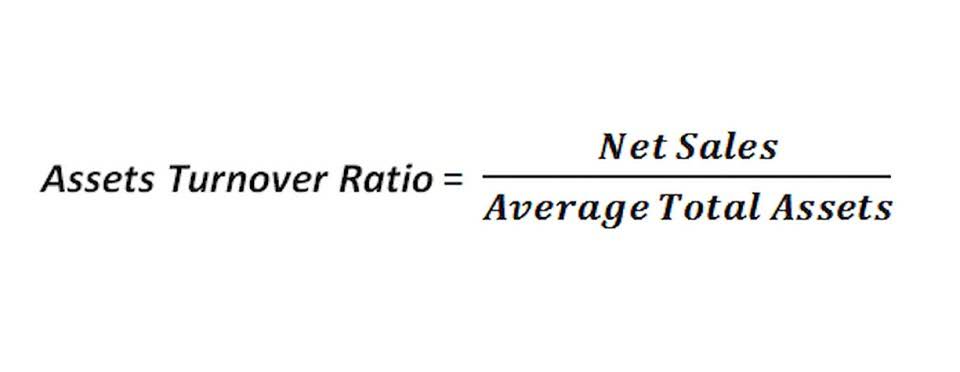Contribution Margin: What Is It and How To Calculate It

Fixed costs are production costs that remain the same as production efforts increase. The product revenue and number of products sold can be divided to determine the selling price per unit, which is $50.00 per product. In 2022, the product generated $1 billion in revenue, with 20 million units sold, alongside $400 million in variable costs.

Ready to Level Up Your Career?
It is considered a managerial ratio because companies rarely report margins to the public. Instead, management uses this calculation to help improve internal procedures in the production process. However, the growing trend in many segments of the economy is to convert labor-intensive enterprises (primarily variable costs) to operations heavily dependent on equipment or https://www.bookstime.com/articles/solvency-vs-liquidity technology (primarily fixed costs).

Contribution Margin Ratio: Formula, Definition, and Examples

Should the product be viewed as more of a “loss leader” or a “marketing” expense? The insights derived post-analysis can determine the optimal pricing per product based on the implied incremental impact that each potential adjustment could have on its growth profile and profitability. If the contribution margin is too low, the current price point may need to be reconsidered. In such cases, the price of the product should be adjusted for the offering to be economically viable. The companies that operate near peak operating efficiency are far more likely to obtain an economic moat, contributing toward the long-term generation of sustainable profits.
- You can make better pricing decisions, cut unnecessary costs, and know where your break-even point is.
- For example, if a company sells a product that has a positive contribution margin, the product is making enough money to cover its share of fixed costs for the company.
- Take your learning and productivity to the next level with our Premium Templates.
- A company has revenues of $50 million, the cost of goods sold is $20 million, marketing is $5 million, product delivery fees are $5 million, and fixed costs are $10 million.
- Variable expenses can be compared year over year to establish a trend and show how profits are affected.
- Look at the contribution margin on a per-product or product-line basis, and review the profitability of each product line.
Formula and Calculation of Contribution Margin
The interesting thing about contribution margin ratio is that you can perform the calculation anytime to achieve a unique view into your business. Because to really understand your business, you contribution margin ratio have to control your contribution margin ratio. For information pertaining to the registration status of 11 Financial, please contact the state securities regulators for those states in which 11 Financial maintains a registration filing.
- The companies that operate near peak operating efficiency are far more likely to obtain an economic moat, contributing toward the long-term generation of sustainable profits.
- In May, \(750\) of the Blue Jay models were sold as shown on the contribution margin income statement.
- For example, assume that the students are going to lease vans from their university’s motor pool to drive to their conference.
- The contribution margin can help company management select from among several possible products that compete to use the same set of manufacturing resources.
- The contribution margin is given as a currency, while the ratio is presented as a percentage.
- The answer to this equation shows the total percentage of sales income remaining to cover fixed expenses and profit after covering all variable costs of producing a product.
Contribution margin ratio is a calculation of how much revenue your business generates from selling its products or services, once the variable costs involved in producing and delivering them are paid. This can be a valuable tool for understanding how to price your products to ensure your business can pay its fixed costs, such as salaries and office rent, and still generate a profit. Using this formula, the contribution margin can be calculated for total revenue or for revenue per unit. For instance, if you sell a product for $100 and the unit variable cost is $40, then using the formula, the unit contribution margin for your product is $60 ($100-$40). This $60 represents your product’s contribution to covering your fixed costs (rent, salaries, utilities) and generating a profit.

Contribution Margin Per Unit:
Striking a balance is essential for keeping investors and customers happy for the long-term success of a business. The variable costs equal $6 because the company pays $4 to manufacture each unit and $2 for the labor to create the unit. A company has revenues of $50 million, the cost of goods sold is $20 million, marketing is $5 million, product delivery fees are $5 million, and fixed costs are $10 million. BizA source their product from a premium supplier, so their product costs are higher than BizB, despite selling at the same price point. BizA are poor at stock forecasting, so are frequently forced to turn to air freight for its quick delivery times, while BizB’s shrewd inventory management means they can benefit https://www.instagram.com/bookstime_inc from cheaper sea freight.

Some other helpful tools for business
- As mentioned earlier, the contribution margin ratio can help businesses determine the lowest possible price at which sales can be made and still break even.
- You need a customer on the other side of each sale and, unless you’re lucky enough to become a word-of-mouth viral success, there’s usually a cost to acquiring them.
- Other reasons include being a leader in the use of innovation and improving efficiencies.
- A good example of the change in cost of a new technological innovation over time is the personal computer, which was very expensive when it was first developed but has decreased in cost significantly since that time.
- To calculate the contribution margin, we must deduct the variable cost per unit from the price per unit.
- Companies that sell products or services that generate higher profits with lower fixed and variable costs have very good operating leverage.
The contribution margin ratio is the difference between a company’s sales and variable costs, expressed as a percentage. This ratio shows the amount of money available to cover fixed costs. It is good to have a high contribution margin ratio, as the higher the ratio, the more money per product sold is available to cover all the other expenses. The contribution margin ratio is just one of many important financial metrics used for making better informed business decisions. The ratio can help businesses choose a pricing strategy that makes sure sales cover variable costs, with enough left over to contribute to both fixed expenses and profits. It can also be an invaluable tool for deciding which products may have the highest profitability, particularly when those products use equivalent resources.
